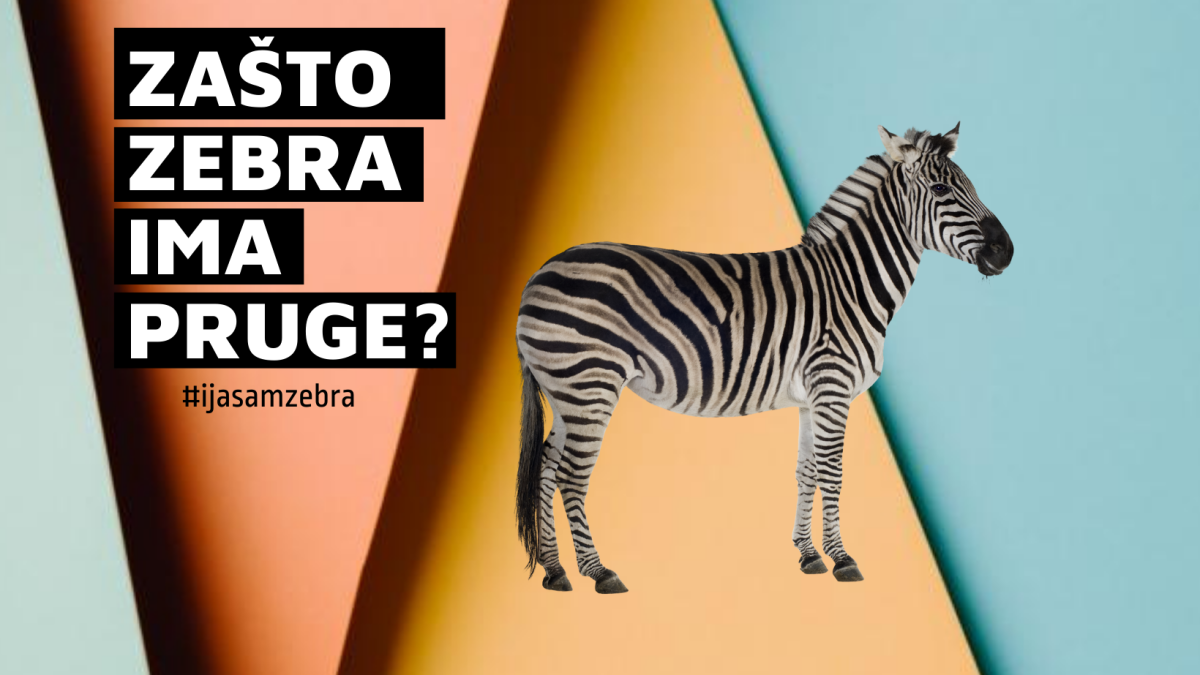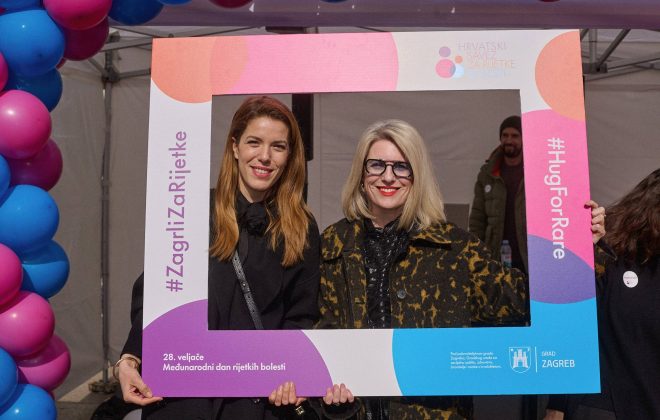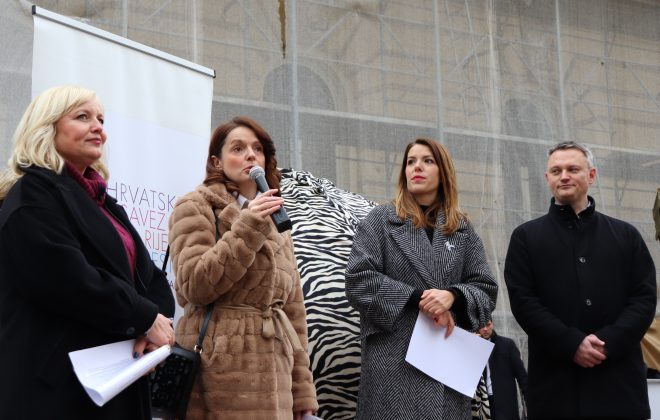Why zebras have stripes?
Why zebras have stripes is a question that many have tried to answer
One explanation is that their stripes serve as camouflage. Predators surrounding them don't see the world through our eyes. From their perspective, zebras resemble dry grass.
Another explanation is that their stripes enable thermoregulation, as they function as convective currents.
The last explanation, which has been scientifically confirmed, is that the stripes serve as protection against insects, thus shielding zebras from bites and the transmission of infectious diseases. While flies will land on a solid surface that reflects light (such as on a brown or black horse), the zebra’s stripes confuse them, causing the flies to simply fly past.

Why are we writing about this on the Rare Diseases Association's website?
Just as zebra stripes attract attention, the various symptoms of rare diseases open up space for discussion among medical professionals, who often have different interpretations of the symptoms until a specific rare diagnosis is established. While zebras try to remain hidden from predators and insects with their stripes, rare diseases, too, remain concealed, presenting themselves as other, more familiar illnesses.
We are used to seeing zebras with black-and-white stripes, but there is also an extremely rare species with "golden" white stripes. Do you notice the similarity with rare diseases again? Although all rare diseases are rare, some are rarer than others, affecting only a few people in the world.
Today, zebras are an endangered species and need protection. In a society that overlooks them, fails to pay attention, and denies them rights, our rare individuals are the "zebras" who need our help and support to bring about change.
What does the Alliance do to change that?
In addition to providing support for individuals with rare diseases and their families through daily information about diagnoses, advice on rights, psychological support, and occupational therapy, we also advocate for their rights. That is why we asked them for their opinion on what the priorities are in the area of rare diseases and what is personally important to them. Their responses will be shared on our social media profiles (Facebook, Instagram) and used in further advocacy efforts to bring about necessary changes in the healthcare, social, and education systems.
We collaborate with educational institutions, doctors, and employers, educating and raising awareness about rare diseases where it is needed. That is why we are especially pleased that partner schools and kindergartens from all over Croatia have decided to support us, with children diligently drawing zebras and coloring zebra-themed coloring books in support of their "zebra" friends. These little works of art will also be shared on our profiles on social media.



